Pop-up tents have become increasingly popular among outdoor enthusiasts for their convenience and ease of use. However, like any product, there are a few drawbacks that can hinder your camping experience. In this article, we’ll explore some common problems that you might encounter with pop-up tents. Whether it’s struggling with assembly, limited durability, or insufficient ventilation, we’ve got you covered with tips and solutions to ensure you have a hassle-free camping trip. So, grab your camping gear and let’s tackle these issues head-on!

Common Problems with Pop-up Tents
Pop-up tents have gained popularity in recent years due to their convenience and ease of use. However, like any other product, they come with their fair share of drawbacks. In this article, we will discuss the common problems associated with pop-up tents and provide tips on how to overcome them.
1. Fragility
One of the main problems with pop-up tents is their fragility. Unlike traditional tents made of sturdy materials, pop-up tents are often constructed using lightweight materials to make them portable. This can lead to issues such as torn fabric, broken poles, or damaged zippers. While this may not be a significant problem for occasional campers or fair-weather camping trips, it can pose a significant issue for those who frequently rely on their tents for outdoor adventures.
To overcome this problem, consider investing in a pop-up tent made of more durable materials or reinforced with additional support features. Look for tents with heavy-duty fabric, sturdy poles, and reinforced zippers. Additionally, handle your pop-up tent with care and avoid putting excessive pressure on the walls or roof.
2. Lack of Durability
Closely related to the issue of fragility, pop-up tents are generally not as durable as their traditional counterparts. While they may serve their purpose for a few camping trips, they may not withstand severe weather conditions or prolonged use. This can be a significant drawback for outdoor enthusiasts who venture into rugged terrains or camp in unpredictable climates.
To mitigate this problem, consider checking the tent’s specifications and reviews before making a purchase. Look for tents that are specifically designed for durability and can withstand harsh weather conditions, such as strong winds or heavy rainfall. Additionally, properly maintain your pop-up tent by cleaning, drying, and storing it correctly after each use to prolong its lifespan.
3. Difficult Setup Process
One of the main selling points of pop-up tents is their quick and easy setup process. However, for some individuals, setting up a pop-up tent can be frustrating and time-consuming. The flexible poles and intricate folding mechanisms can be challenging to figure out, especially for first-time users. This can lead to wasted time, frustration, and even broken parts if forced.
To make the setup process smoother, it is essential to familiarize yourself with the tent’s instructions before your camping trip. Practice setting up the tent in your backyard or a spacious area at home to become comfortable with the process. Additionally, consider watching instructional videos or reading online guides for additional tips and tricks. With a little practice, setting up a pop-up tent can become a breeze.
4. Limited Space
Another drawback of pop-up tents is their limited space. Due to their design and construction, pop-up tents often prioritize portability over spaciousness. This can be problematic for campers who require extra room for gear storage or prefer a more comfortable camping experience.
To maximize the space in your pop-up tent, consider using organizational tools such as hanging storage pockets or collapsible storage bins. These can help keep your camping essentials organized and easily accessible, minimizing clutter and creating a more spacious feel inside the tent. Additionally, consider investing in pop-up tents with vestibules or awnings that provide additional covered space outside the main sleeping area.
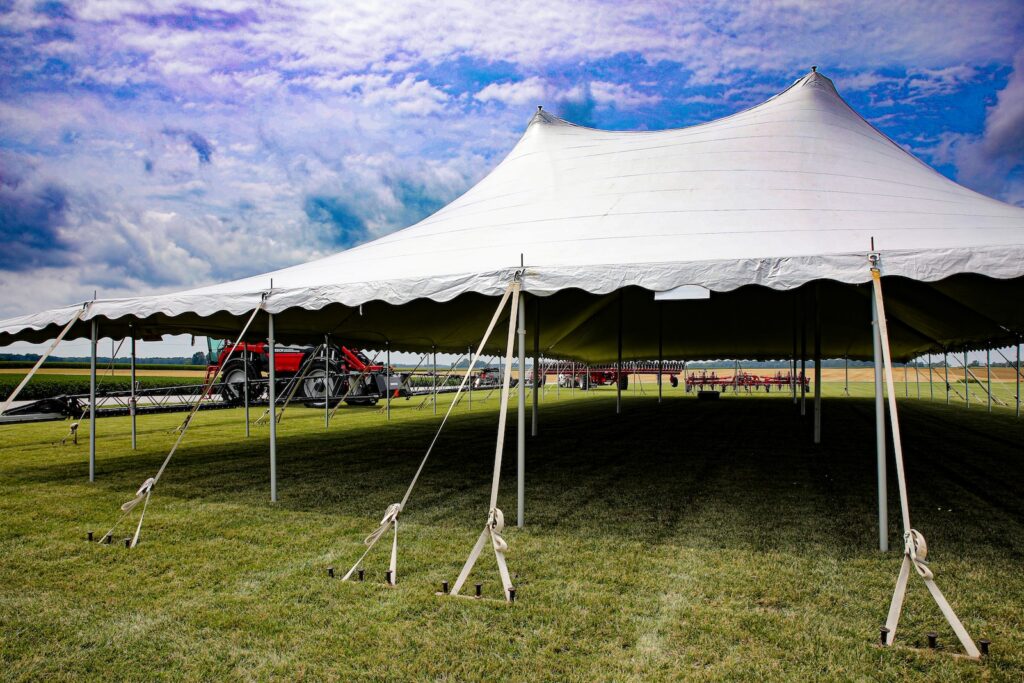
Check Out These Great Items From eBay!
5. Poor Weather Resistance
While some pop-up tents are designed to withstand light rain showers and mild weather conditions, most struggle to provide adequate protection during heavy rainstorms or strong winds. The lightweight materials and construction of pop-up tents make them more susceptible to leaks and collapses in challenging weather situations.
To overcome this problem, it is advisable to check the tent’s weather resistance capabilities before making a purchase. Look for tents with waterproof coatings, taped seams, and sturdy poles that can withstand strong gusts of wind. It is also a good idea to invest in a quality tarp or groundsheet to provide an extra layer of protection against moisture or potential leaks.
6. Condensation Issues
Condensation can be a significant problem in pop-up tents, particularly in humid environments or during colder nights. The lack of ventilation and the restricted airflow can trap moisture inside the tent, leading to dampness and discomfort. This can be especially problematic if you are camping for an extended period or in an area with high humidity.
To reduce condensation inside your pop-up tent, ensure proper ventilation by keeping the vents and windows open whenever possible. Consider investing in a tent with multiple ventilation options, such as mesh windows or adjustable vents, that allow for better airflow. It is also helpful to avoid camping in low-lying areas where moisture tends to accumulate or to use moisture-absorbing products like silica gel packets inside the tent.

7. Insufficient Ventilation
Closely related to the previous point, insufficient ventilation is another common problem experienced with pop-up tents. The limited windows and vents in pop-up tents can result in poor airflow, leading to stuffiness and discomfort inside the tent, particularly on warm summer nights.
To improve ventilation in your pop-up tent, consider using additional camping accessories such as battery-operated fans or portable air vents. These can help circulate the air inside the tent, keeping you cool and comfortable. Additionally, if weather permits, you can partially zip down the tent’s door or use a mesh screen to allow for better airflow without compromising on security.
8. Weight and Size Concerns
Although pop-up tents are designed to be lightweight and compact, they can still pose challenges for individuals with weight or size concerns. Carrying a pop-up tent on a backpacking or hiking trip can add additional weight and take up precious space, limiting the ability to carry other essential gear or supplies.
To address these concerns, carefully consider the weight and dimensions of the pop-up tent before purchasing it. Look for lightweight models specifically designed for backpacking or hiking adventures. Additionally, consider sharing the load with your camping partners or opting for alternative shelter options such as hammocks or bivvy bags that are even more lightweight and space-saving.
9. Complex Folding and Storage
While pop-up tents are known for their easy setup, the folding and storing process can be a different story altogether. Folding a complex pop-up tent back into its original compact size can be confusing, frustrating, and time-consuming, especially if you are in a rush or have limited space.
To make the folding and storage process easier, follow the tent manufacturer’s instructions step by step. It may be helpful to take pictures or videos during the initial setup to use as a reference when folding the tent back. Take your time and practice folding and storing the tent multiple times before your camping trip to become familiar with the process and save yourself time and frustration in the field.
10. Excessive Noise
Lastly, pop-up tents can be prone to excessive noise due to their design and construction. The lightweight materials and flexible poles can cause flapping noises in windy conditions or whenever the tent is disturbed. This can be disruptive to your sleep and may affect the overall camping experience.
To minimize noise, make sure all the tent’s guylines and stakes are properly secured to prevent the tent from flapping in the wind. Consider using noise-dampening accessories such as foam or rubber pads on the tent’s poles or stakes. Additionally, choosing a campsite with natural wind barriers, such as trees or boulders, can help reduce wind-related noise levels.
In conclusion, while pop-up tents offer convenience and ease of use, they do come with their fair share of drawbacks. Understanding and addressing these common problems can help you make informed choices when selecting a pop-up tent and maximize your camping experience with minimal disruptions. With proper care, maintenance, and preparation, you can overcome the common issues associated with pop-up tents and enjoy a comfortable and enjoyable outdoor adventure.
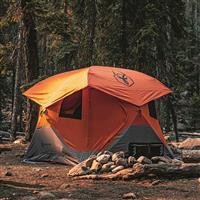
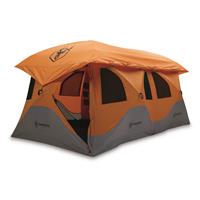
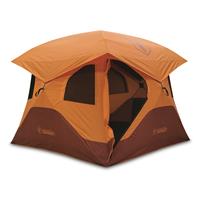


















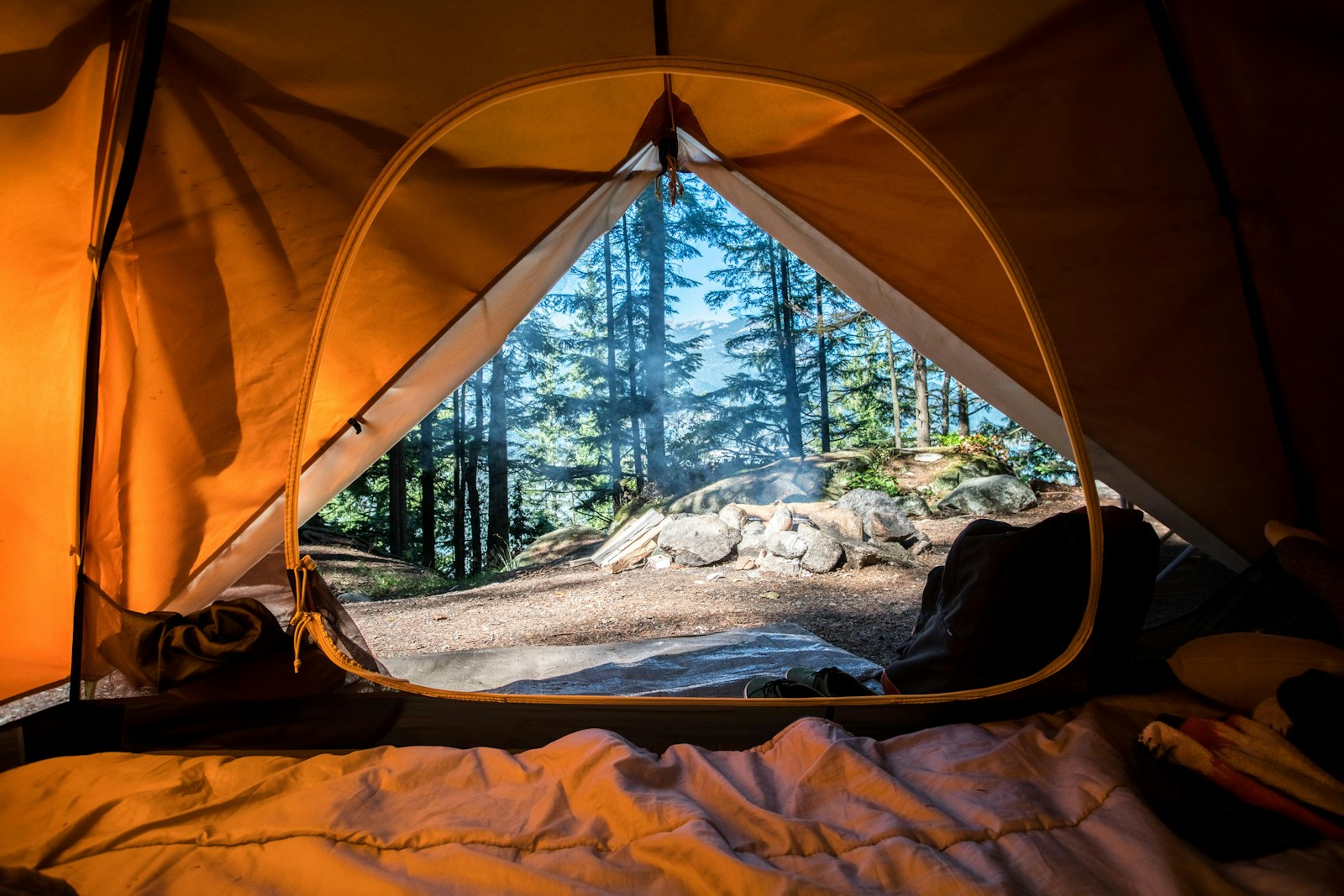


Leave a Reply